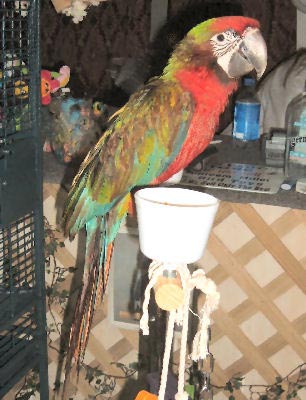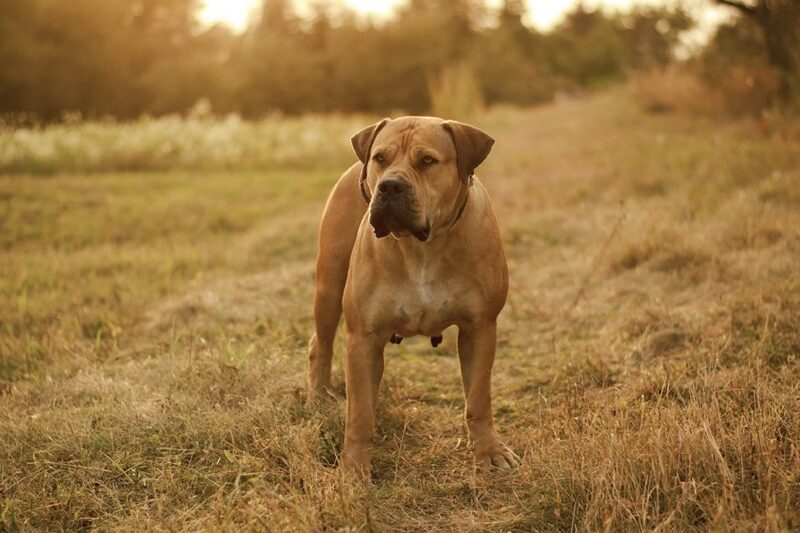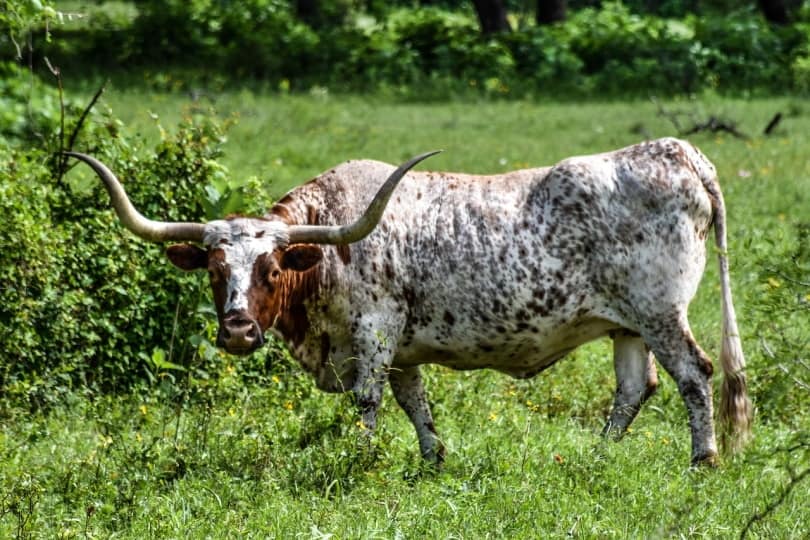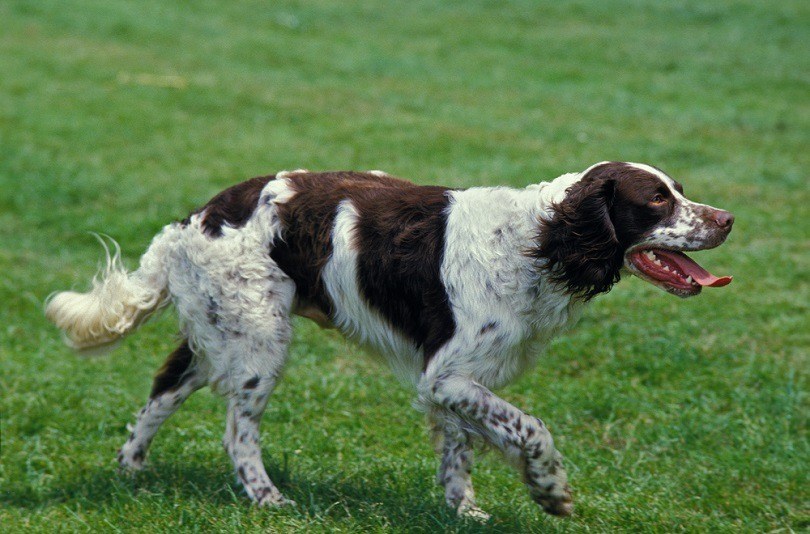This hybrid macaw, the Harlequin x Shamrock Macaw, is rarer than many of the other hybrid macaws, being the offspring of hybrid parents
Being a cross between a Harlequin Macaw (hybrid) and a Shamrock Macaw (hybrid) gives this interesting macaw a lot of varying influences, both in color and in personality. It is influenced by the genes of four different species of macaws. As you can see in the picture above, this hybrid has a unique coloration.
This second generation hybrid macaw was developed from these crossings:
- 1st (one parent) – Blue and Gold Macaw crossed with a Green-winged Macaw = Harlequin Macaw
- 1st (one parent) – Scarlet Macaw crossed with a Military Macaw = Shamrock Macaw
- 2nd – Harlequin Macaw crossed with a Shamrock Macaw = Harlequin x Shamrock Macaw
Hybrids have been traditionally bred for color. So being able to attribute personality traits to a hybrid are factors that are quite unknown. However with having four different grandparents, this bird has a chance to be a pretty fair talker, thanks to the Blue and Gold Macaw. It may also have a very nice temperament thanks to the sweet, gentle nature of the Green-winged Macaw. The amiable personalities of both the Blue and Gold Macaw and the Military Macaw may also shine through. However, if the temperament of the Scarlet Macaw is present it may also be a handful, needing firm and consistent training.
Currently, there is no known and accepted common name given to the Harlequin x Shamrock Macaw. The common names given to hybrid macaws are often derived from physical descriptions like color or patterning, or sometimes they are coined from the name of a person or location where they originate. A name is used by one person and then used by others, and eventually becomes recognized as the accepted common name.
Some great suggestions for the common name of this hybrid include the Christmas Macaw, Copper Fire Macaw, Hardrock Macaw, Casio Macaw, and Sharlequin Macaw.
Scientific Name:
The Harlequin x Shamrock Macaw is a second generation hybrid developed from parents that were first generation hybrid macaws. It is a cross between a Harlequin Macaw hybrid and a Shamrock Macaw hybrid.
Description:
Hybrid macaws have been primarily bred for color. One of the challenges with the cross breeding of hybrids has been with the coloring having a tendency to get muddied. This has been found on some third generation and deeper crosses (even on some second generations).
Both parents of the Harlequin X Shamrock Macaw contribute to the striking colors of their offspring. Because the fathers have the dominant gene, this will influence their final appearance.
The father of this macaw is the Harlequin Macaw. The green back with a bronze cast to it is attributed to the Harlequin Macaw. Though the coloring is not “muddied” per se, the bronze on this macaw is becoming even more prominent than on his parent, and it has a bronze collar. There is also a strong red coloring, possibly from a Scarlet grandfather.
Size – Weight:
A full sized macaw, they can get over 2 lbs. Lengths up to 86 cm (34 inches).
Care and feeding:
A roomy cage is required unless the bird is to be let out for extended periods. Many birds can spend most of their time on a play pen or parrot perch. They eat a variety of seeds, nuts, fruits, commercial pellets, as well as the same nutritional foods humans eat.
Social Behaviors:
The Harlequin X Shamrock Macaw may take on the natural docile side of the Green-winged with some of the natural clownish personality of the Harlequin Macaw (the word harlequin is defined as ‘clown’). But it may also have the more dominant temperament of the Scarlet Macaw.
They are a typical macaw. Macaws are affectionate, inquisitive, and intelligent. They make them a great companion not only for a single person but when well socialized are friendly with everyone, even other birds. To have a well rounded bird that enjoys more than one person, make sure it is well socialized with lots of folks.
Breeding/Reproduction:
This is a hybrid and it used to be that they were generally not bred, however the breeding of hybrids is becoming more common.
Sexual differences:
No visible differences between the sexes.
Potential Problems:
Can be noisy (as can all macaws).
Availability:
These birds are occasionally available and are expensive. There are more and more macaw breeders however, so finding these macaws for sale becomes easier as they become more common.










